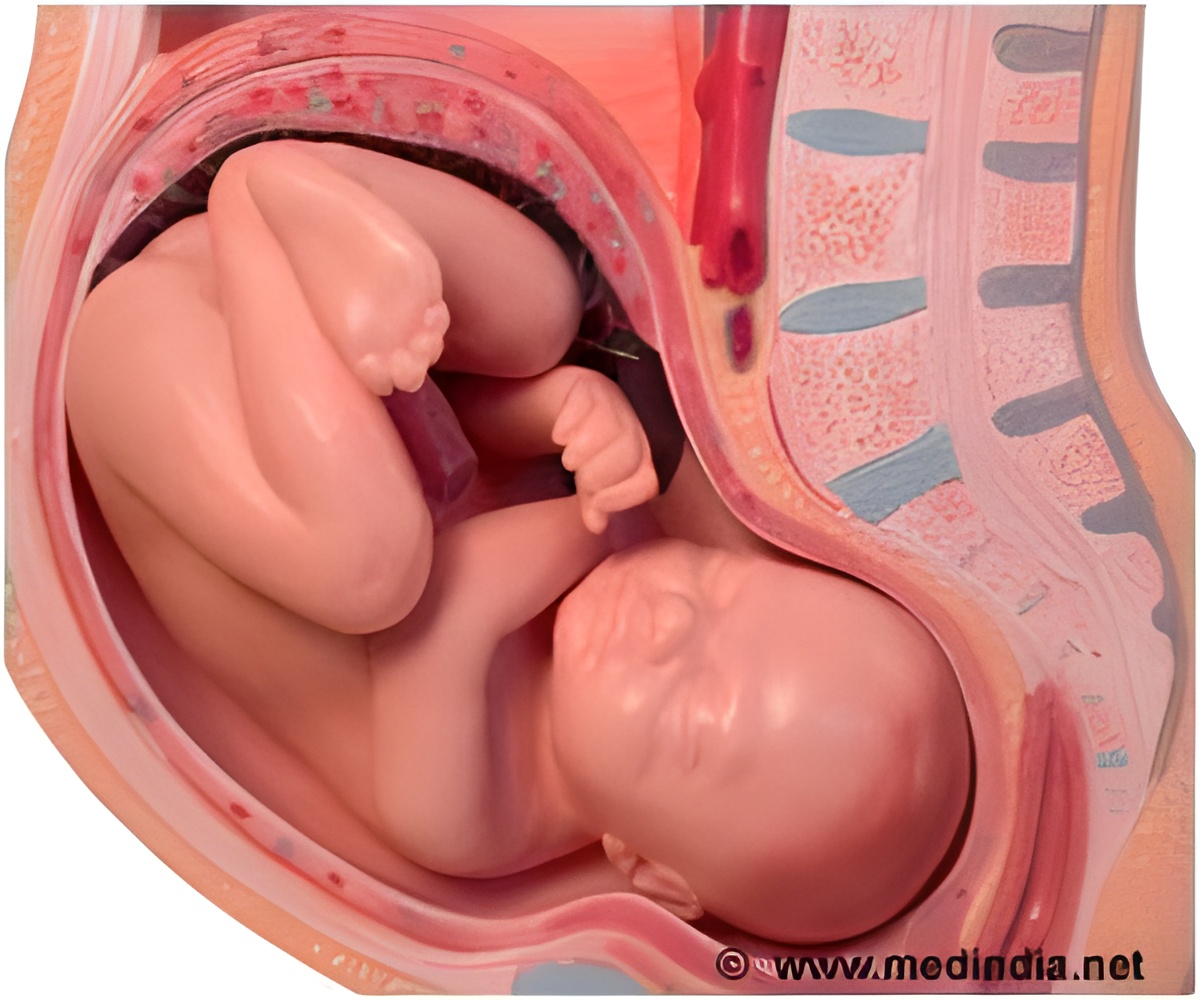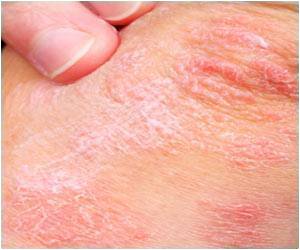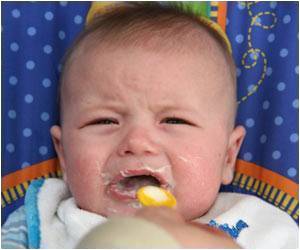
‘Key molecular interactions stimulated by the babies’ movement in the womb guide the cells and tissues to build a functionally robust yet malleable skeleton.’
Tweet it Now
Scientists understand many of the signals that direct the cells to build bone, but, know a lot less about how the cartilage at the joint is directed. At the moment clinical treatment for joint degeneration is joint replacement, which improves the quality of life for many people but involves invasive surgery and is not a permanent solution. If we understood better how the embryo forms articular cartilage at the joint, we would be in a better position to come up with ways of regenerating cartilage from stem cells to provide improved treatments for joint injuries and diseases. Professor in Zoology at Trinity College Dublin, Paula Murphy, co-led the research that has just been published in leading international journal Development. She said: "The relative lack of understanding around how cartilage was directed presented an unfortunate knowledge gap because there are many painful, debilitating diseases that affect joints -- like osteoarthritis -- and because we also often injure our joints, which leads to them losing this protective cartilage cover."
"Our new findings show that in the absence of embryonic movement the cells that should form articular cartilage receive incorrect molecular signals, where one type of signal is lost while another inappropriate signal is activated in its place. In short, the cells receive the signal that says 'make bone' when they should receive the signal that says 'make cartilage'."
Prior to this discovery, using chick and mouse embryos where movement could be altered, the scientists had previously shown that when movement is reduced the articular cells at the joint do not form properly, and that in extreme cases the bones can fuse at the joint, but they didn't know why. Now, they have isolated the mechanism underlying healthy development, which has provided new insights into what type of embryo movement is important and the specific signals that are needed to make a healthy joint.
The next steps will see the scientists take what they have learned thus far and attempt to activate the correct signals to make stable cartilage that is capable of contributing to a healthy joint. This will involve exposing cells to different combinations of the all-important biological and biophysical signals to find the perfect recipe. Their continued work will also build knowledge around what exact movements are needed, which may help diagnose problems earlier and suggest how clinicians may compensate for natural movements if required. It could, for example, inform physiotherapeutic regimes that would alleviate resulting problems.
Advertisement









